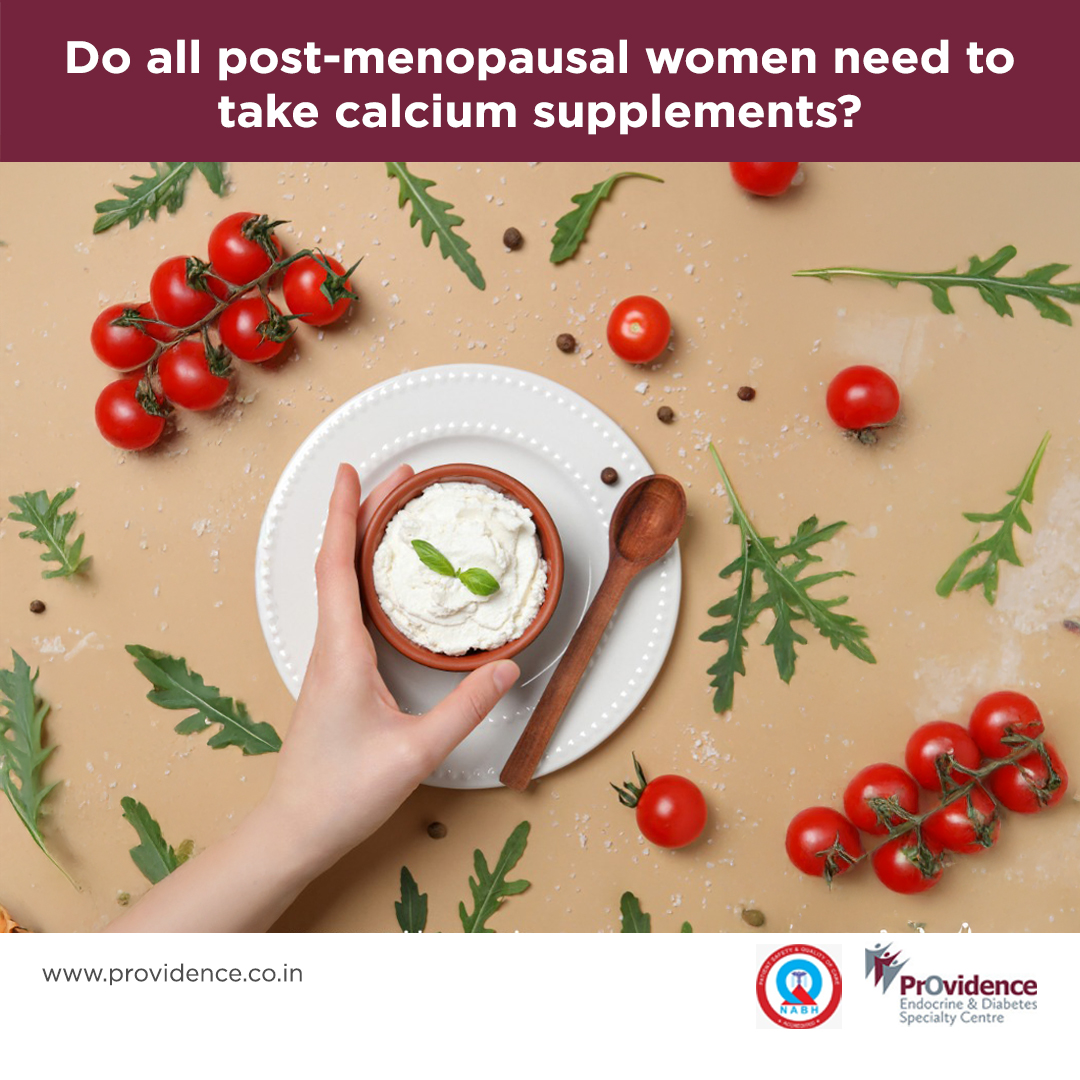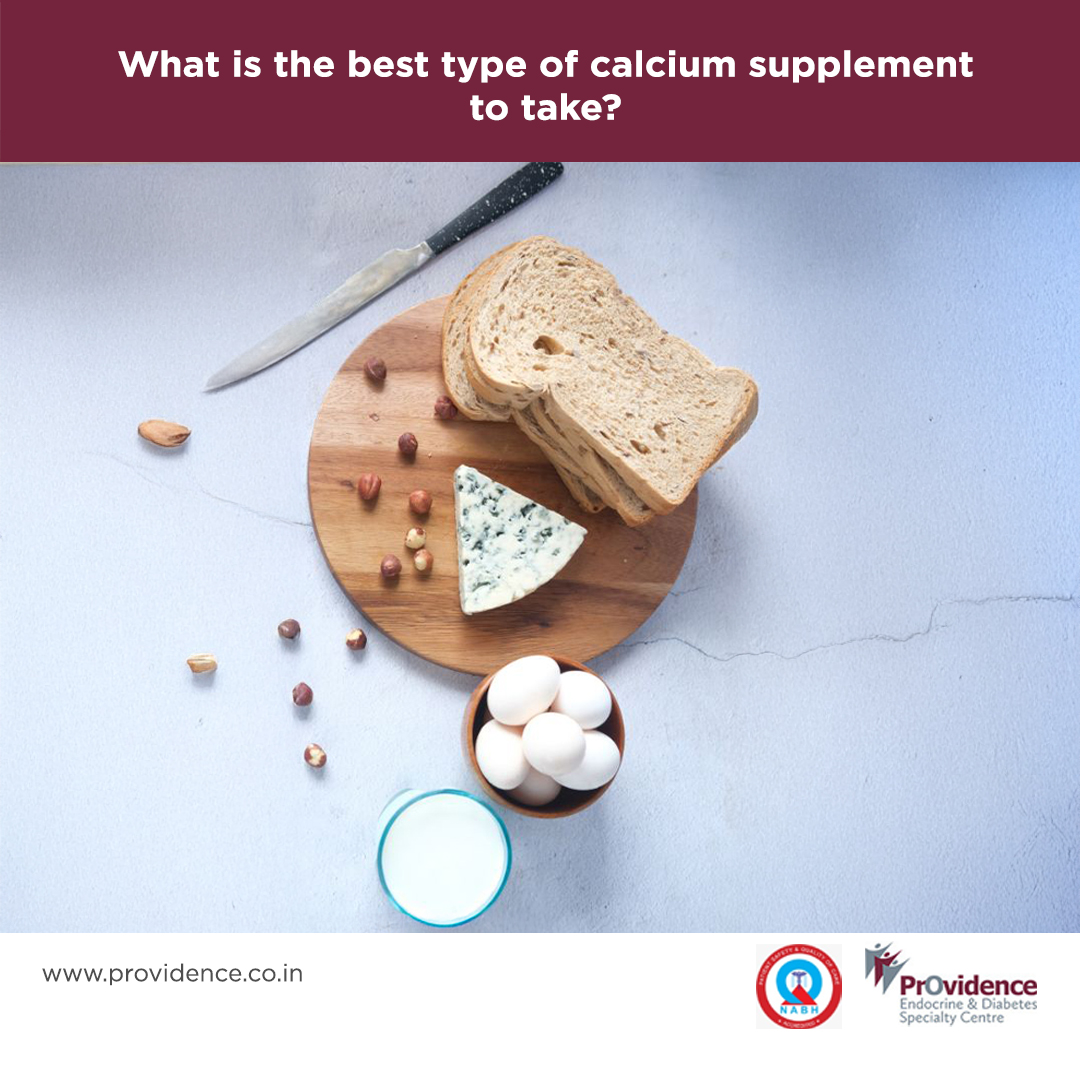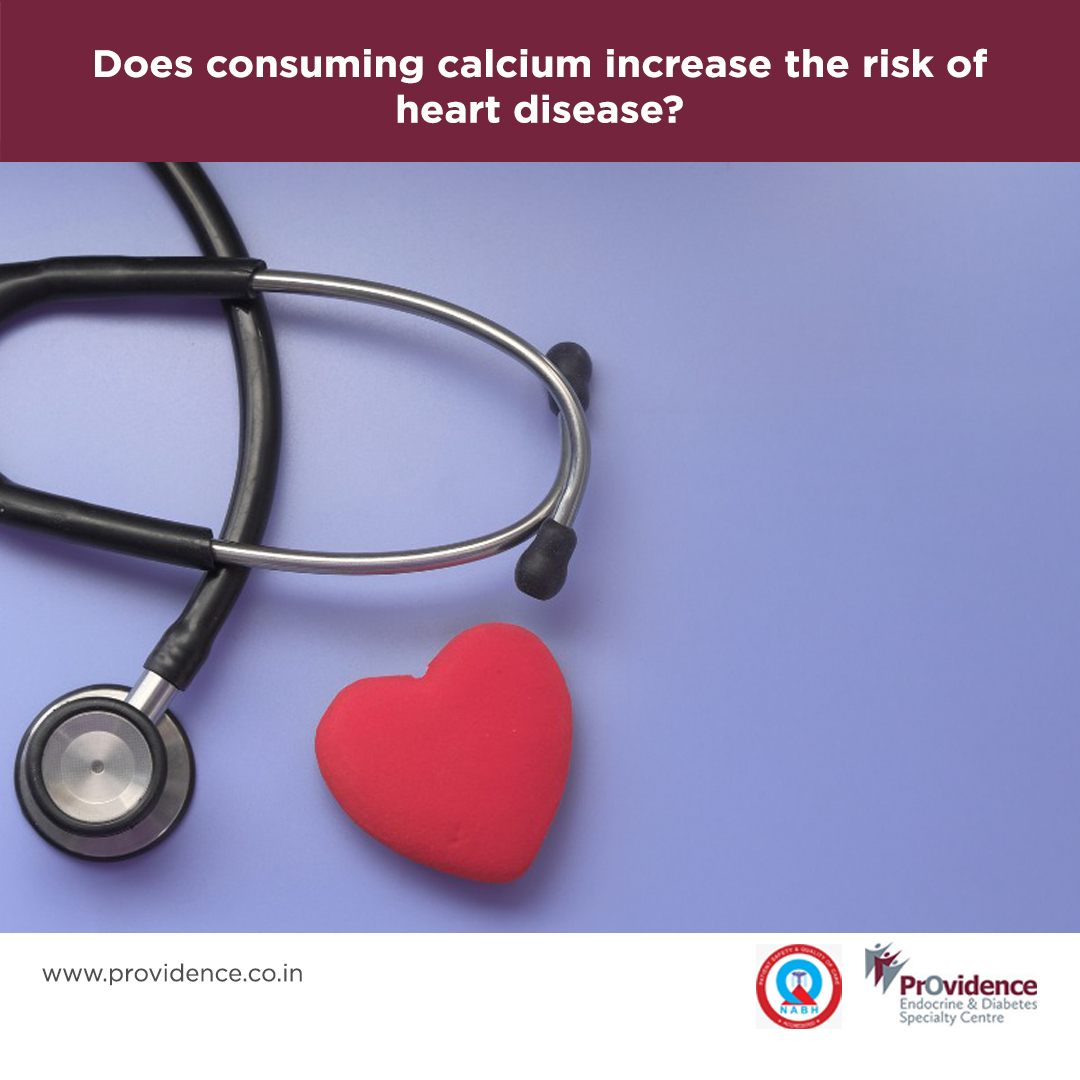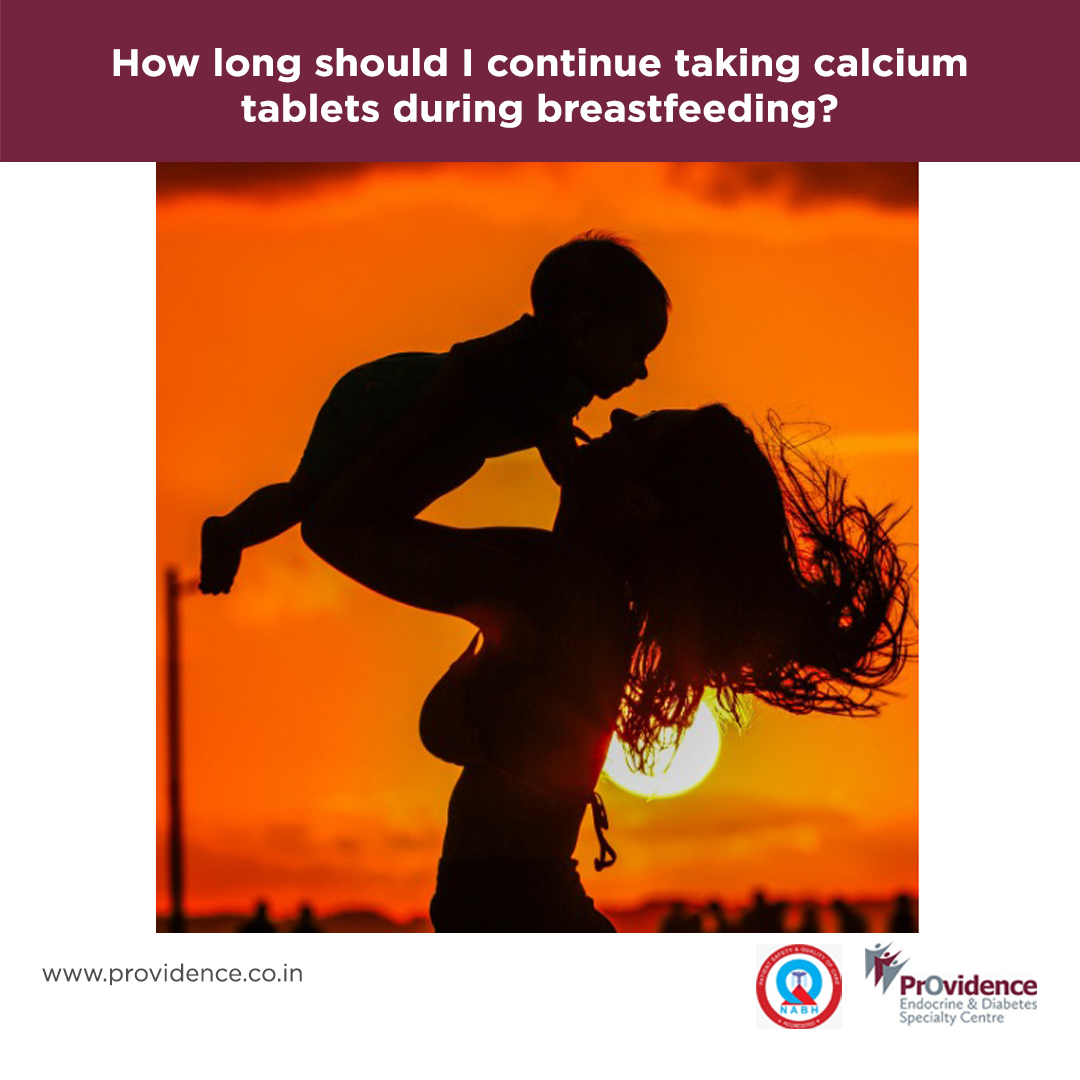Calcium is a mineral that is necessary for building bones and keeping them healthy, enables our blood to clot, our muscles to contract, and our heart to beat. About 99% of the calcium in our bodies is in our bones and teeth. Our body cannot produce its own calcium .Moreover we lose calcium through our skin, sweat, nails, hair, urine and faeces. That’s why it’s important to get enough calcium from the food we eat. When we don’t get enough calcium our body needs, it is taken from our bones. This imbalance causes weaker and fragile bones.
Daily requirement of calcium
1. Teenage children-1300mg/day
2.Men and women aged 20-50years -1000mg/d
3.Women aged upto 50years -1000mg/d
4. Age 51-70yrs-1200mg/d
Dairy products, such as milk, yogurt, and cheese are high in calcium. But to meet our daily requirements we need supplements. Calcium supplements are available without a prescription in a wide range of preparations (including chewable tablets, gummy preparations, powders and liquid) and in varying amounts and sizes. The best supplement is the one that meets your needs for tolerability, convenience, cost, and availability.
There are two main types of calcium supplements:
1 . Calcium carbonate : Requires stomach acid to be absorbed properly. Best taken with meals.
2.Calcium citrate : This can be absorbed well with or without food, making it ideal for people with lower stomach acid, especially older adults.
Your body can only absorb about 500–600 mg of calcium at a time. If your daily requirement is higher, it should be split into two or more doses throughout the day. For example, if you take 1,000 mg daily, take 500 mg with breakfast and another 500 mg with dinner. This ensures the body has the opportunity to absorb it effectively without waste.
If you take supplements with morning coffee or tea, that may reduce calcium absorption. Caffeine and tannins—found in coffee and tea—interfere with how calcium is processed in the body.
To maximize absorption :
1. Avoid taking calcium within 1 to 2 hours of drinking caffeinated beverages.
2.Use water or non-caffeinated juice to swallow your supplement.
3.Avoid taking calcium at the same time as iron supplements, which compete for absorption.
These small adjustments in routine can significantly improve your supplement’s effectiveness.
Calcium doesn’t work alone. It needs vitamin D to be absorbed into the bloodstream effectively. Without enough vitamin D, your body will struggle to use the calcium you consume, no matter the dosage.
You can get vitamin D from:
1.Sunlight exposure
2.Fatty fish, egg yolks, and fortified dairy
3.Supplements (often combined with calcium)
Most adults need 600 to 800 IU of vitamin D daily. If your calcium supplement does not include vitamin D, consider whether you’re getting enough from your diet and lifestyle. This synergy between calcium and vitamin D is non-negotiable for healthy bones and teeth. Hence take Calcium supplements as advised by the doctor at the appropriate time and dosage.
Dr. Deepa G, MHSc (Diab), Dip (Diab)












